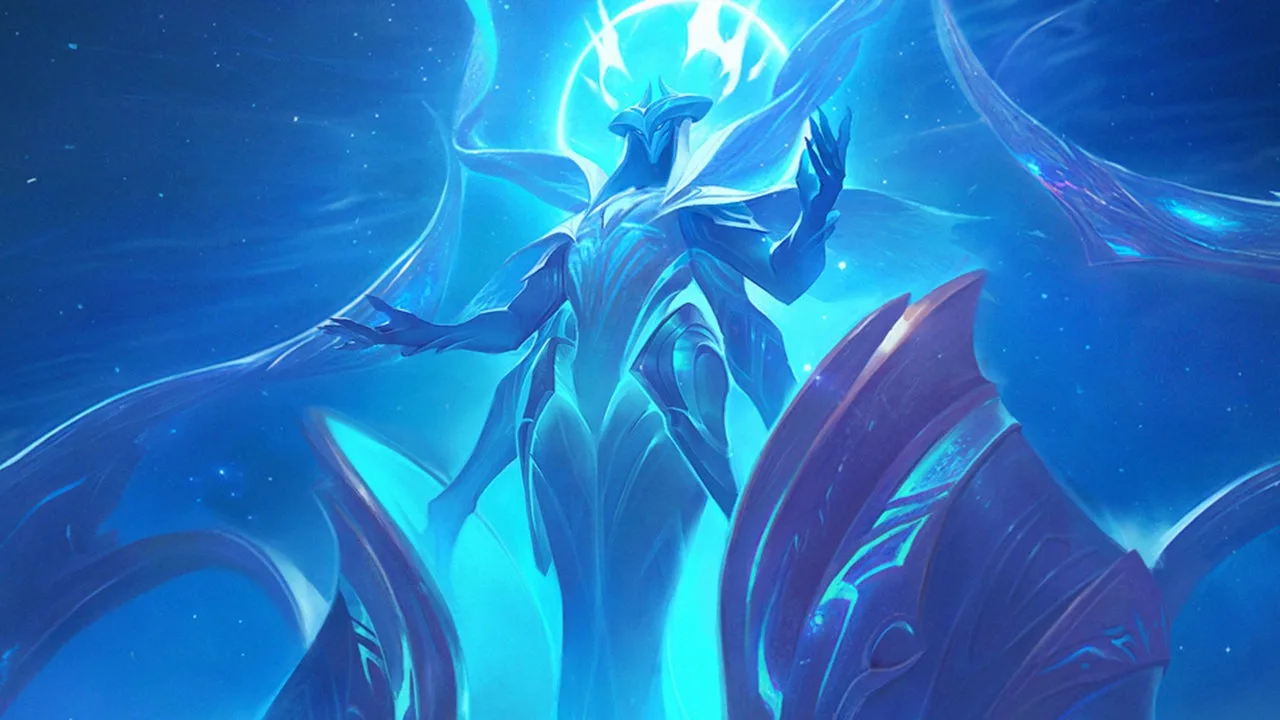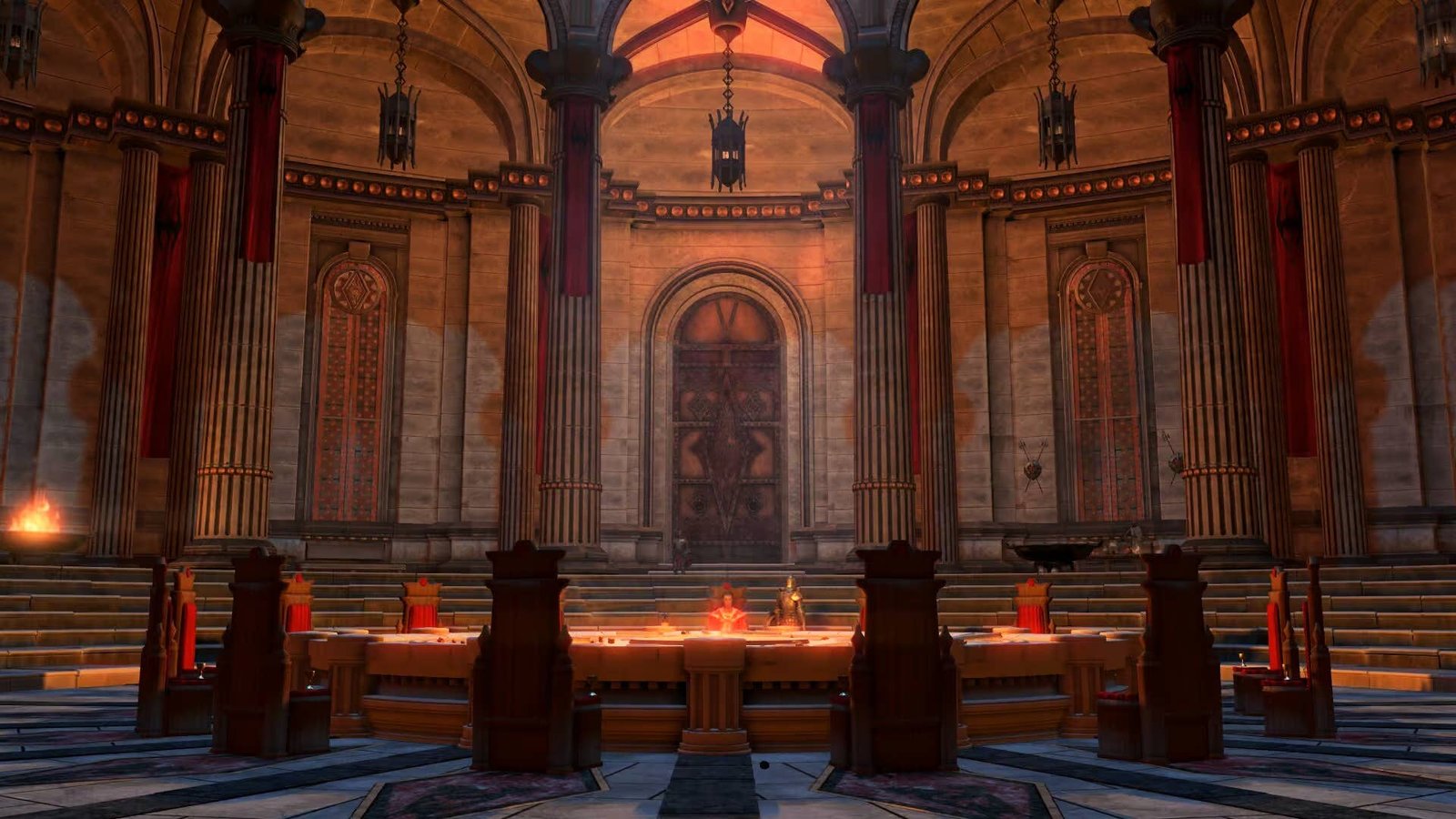Tarisland: Closed Beta Preview Impressions
Estimated reading time: 7 minutes
Tarisland reminds me of a distilled version of some of my favorite MMOs, filled with visually striking environments that are largely satisfying to poke around in. Classes are distinct and focused on a small number of abilities that play into a central mechanic or theme, with two specializations for each class to switch between.
But although it did recreate some of the same warm feelings and fun gameplay experiences I used to get from other games, the change of direction with microtransactions and the inconsistent quality of the story, voice acting, and writing all leave me concerned.
Tarisland is a hybrid PC / mobile massively-multiplayer online role-playing game from Locojoy and Level Infinite. It’s available on Windows (as a standalone app) as well as from the Apple or Google Play store, and progression and multiplayer is shared between both versions. I played on PC and Android during my preview, but I spent more time on PC both because I enjoy mouse and keyboard and because there is no current controller support in the mobile version.
One of the most immediately striking things about Tarisland are the visuals, specifically the gorgeous character models, which made it fun to look at my avatar both in the character select screen and on the battlefield. The second thing that struck me, after getting through a seemingly truncated, perhaps unfinished introduction (this was a beta, after all), was how familiar the aesthetic, design language, and gameplay felt. The design of the main cast, supporting characters, antagonists, and even environments are reminiscent of the visual presentation of both MMOs like World of Warcraft (WoW) and other modern free-to-play games like Genshin Impact – although Tarisland is more focused, distilled, and lacking some of the personality and charm they have.
Because modern mobile devices can generate visuals for games that are similar to home consoles and PC in some instances, that’s not where Tarisland compromises. The decision the development team made to get Tarisland to work well on smaller screens is a much smaller set of abilities for the player than standard MMOs have. Thankfully, instead of making it feel bare-bones, it avoids some of the ‘ability bloat’ other games have.
As a result, each character class and specialization is hyper-focused on move synergy and fulfilling very specific functions, boiling them down to six main abilities, most of which work in tandem with their unique resource or mechanic. This, combined with the fact that the vast majority of abilities are instant, means it is easier to stay moving during combat encounters without losing your clear path towards ‘optimal’ healing, damage, and the like.
Since we’re here, let’s talk about class. I chose to play the Phantom Priest (or Phantom Necro, or Phantom Necromancer, depending on whether you are reading descriptions in-game, on the launcher/website, or on social media), which has the ability to deal ranged spell-casting damage or heal, depending on which specialization you select.
The damage-dealing specialization, called Soul Snatch, gives you access to six ranged spells that dish out damage and are either guaranteed, or have a chance, to draw Souls from enemies. These Souls fill a meter you can draw from to empower or straight up change what certain spells do, giving you a choice on what you focus on during combat. Once you have 5 Souls stored, one of your normally damaging spells will transform, letting you summon a ghostly figure to fight alongside you. If you don’t want to do that, you can instead spend the Souls to empower the next few casts of your main attack spell, making them deal damage multiple times instead of just once.
Keeping your ‘guaranteed soul-generation’ spell on cooldown is important, as is avoiding capping out your Souls, so you’ll be making resource management decisions throughout combat, which I’m a fan of. There is also a dedicated ‘group attack’ ability (every class I played had a version of this, helpfully), making killing groups of weaker enemies fairly simple, leaving you to manage your skill rotation only for single targets or more powerful foes like dungeon, raid, or challenge bosses.
Six abilities may not sound like much, but it’s also supplemented by two ultimate skills and three potion slots. The latter can be filled with whatever concoctions you like (and have found, crafted, or bought), and the former can also be swapped around among any you have unlocked. During my time with the closed beta, I had four or five ultimate abilities that ranged from emergency self-heals to sprint moves, and more, so they filled more of a ‘utility’ function and less of an offensive one. You also have a dedicated mount button, with the ability to attack with it once you mount up.
You can also switch character specializations quickly and easily, and increase the power of each spec’s abilities by spending Silver currency, which you gain from doing missions and things around the world.
During the preview, I tried the Phantom Priest, Mage, Priest, Paladin, Warrior, and Ranger, and while the Phantom Priest was certainly fun, several of the other classes were really enjoyable in their own right, with abilities I would liked to have spent more time exploring, particularly in the dungeons and challenge encounters, which were truncated but fun affairs that didn’t overstay their welcome and (largely) got right to the good stuff.
You can also switch character specializations quickly and easily, and increase the power of each spec’s abilities by spending Silver currency, which you gain from doing missions and things around the world. Leveling up your abilities can be done manually or automatically, with the automatic level-up giving to all abilities equally until you are out of Silver.
Of the things I hope gets addressed in the final version, first and foremost is the story throughline and a consistent delivery. Many times during the closed beta, story scenes had character lips not syncing to the voiceover, voice lines cut themselves off during cinematics, and story inconsistencies where characters reference things that didn’t happen. In one particular scene, a knight is telling the player that her brother is now the king, and then 10 seconds later when we meet him, he calls her his daughter. Additionally, the voice acting isn’t always equalized properly, either, so characters’ voiceover can sound very different from one line to the next. That said, even if it doesn’t meet the quality bar I expect for the full release, having the majority of character interactions voiced is a nice touch.
I didn’t get to explore as much of Tarisland as I would have liked, given the limited amount of time I had with the closed beta, but I did generally have a good time wandering around the world, rescuing villagers, and taking part in mini-games, challenges, and bite-sized quests – which were unlocked when I finished each area’s set of story missions. Navigating was fun and easy with tons of teleport locations across the world map, and clicking on quest text highlighted walkways to my goal, ensuring I never got lost. Being able to jump in on my phone or PC is also cool, even if the mobile-style ‘pay for power’ microtransactions has dampened my enthusiasm for 1.0. Here’s hoping they stick the landing, because having a good, fleshed-out free-to-play MMO around would be really nice.









